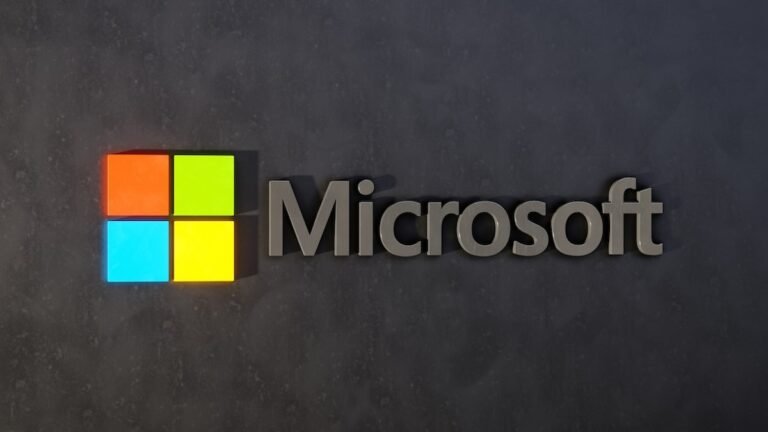Top Highlights
-
Patch Overview: Microsoft’s August 2025 Patch Tuesday updates address over 100 vulnerabilities, with none currently exploited in the wild, though one (CVE-2025-53779) is publicly disclosed.
-
Critical Vulnerabilities: A dozen vulnerabilities are rated ‘critical’, including CVE-2025-53766, a Windows remote code execution flaw with a CVSS score of 9.8, requiring user interaction through malicious content.
-
Additional Risks: Other critical issues include CVE-2025-50165 (graphics component), CVE-2025-53740, and CVE-2025-53731 (both affecting Office), highlighting various remote execution risks through user engagement with crafted content.
- Exploitability Assessment: Microsoft considers the overall likelihood of exploitation for these vulnerabilities as ‘less likely’ or ‘unlikely’, indicating a reduced immediate threat to users.
Underlying Problem
In August 2025, Microsoft launched its Patch Tuesday updates, addressing over 100 vulnerabilities across various products, with none reported as actively exploited. Notably, CVE-2025-53779, a Windows privilege escalation flaw, has been made public, while a significant concern rests with CVE-2025-53766—a remote code execution vulnerability linked to Windows’ GDI+ component, boasting a CVSS score of 9.8. According to Trend Micro’s Zero Day Initiative (ZDI), this flaw could be triggered by user interaction with malicious websites or documents, emphasizing the urgent need for prompt mitigation, as malicious ads have historically exploited similar vulnerabilities.
Additionally, critical vulnerabilities include CVE-2025-50165, affecting Windows’ graphics system, which also permits remote code execution through specially crafted images. Other notable vulnerabilities impacting Microsoft Office and SharePoint could enable unauthorized remote access through common user actions like viewing content in the Preview Pane. Despite these alarming vulnerabilities, Microsoft maintains a relatively optimistic stance, categorizing the likelihood of exploitation as “unlikely,” indicating a focus on proactive defense rather than retrospective alarm. Reports on these vulnerabilities and subsequent patches are disseminated by Microsoft, with additional updates echoed by industry players like Adobe, who also released fixes for numerous CVEs across their platforms.
Security Implications
The implications of Microsoft’s August 2025 Patch Tuesday updates extend far beyond the company’s immediate user base, posing significant risks to other businesses, users, and organizations that may inadvertently be drawn into a web of vulnerability exploitation. With over 100 vulnerabilities addressed, including critical issues like CVE-2025-53766—a remote code execution flaw in Windows’ GDI+—the potential for collateral damage increases exponentially, especially as cybercriminals refine their tactics to exploit even minor security oversights. The cascading effects of such breaches can lead to unauthorized access, data leaks, and widespread financial repercussions, thrusting organizations into a cycle of recovery and reputational damage. Moreover, as users interact with infected content via ad networks or malicious documents, the risk permeates various sectors, threatening supply chain integrity and user trust alike. Consequently, the interconnectedness of modern digital environments mandates that vigilance and prompt patch management become paramount; neglecting these vulnerabilities not only jeopardizes individual organizations but could catalyze a broader cybersecurity crisis with far-reaching consequences.
Possible Remediation Steps
Timely intervention is crucial in mitigating the risks associated with vulnerabilities, particularly as highlighted in Microsoft’s recent patch for over 100 vulnerabilities.
Mitigation Strategies
- Swift Patch Deployment
- Vulnerability Assessment
- Intrusion Detection Systems
- Employee Training
- Incident Response Planning
NIST CSF Guidance
In accordance with the NIST Cybersecurity Framework (CSF), organizations are advised to adopt a proactive approach to vulnerability management, ensuring continuous monitoring and timely remediation of identified weaknesses. For detailed guidance, refer to NIST Special Publication (SP) 800-53 which outlines robust security and privacy controls.
Advance Your Cyber Knowledge
Discover cutting-edge developments in Emerging Tech and industry Insights.
Understand foundational security frameworks via NIST CSF on Wikipedia.
Disclaimer: The information provided may not always be accurate or up to date. Please do your own research, as the cybersecurity landscape evolves rapidly. Intended for secondary references purposes only.
Cyberattacks-V1

